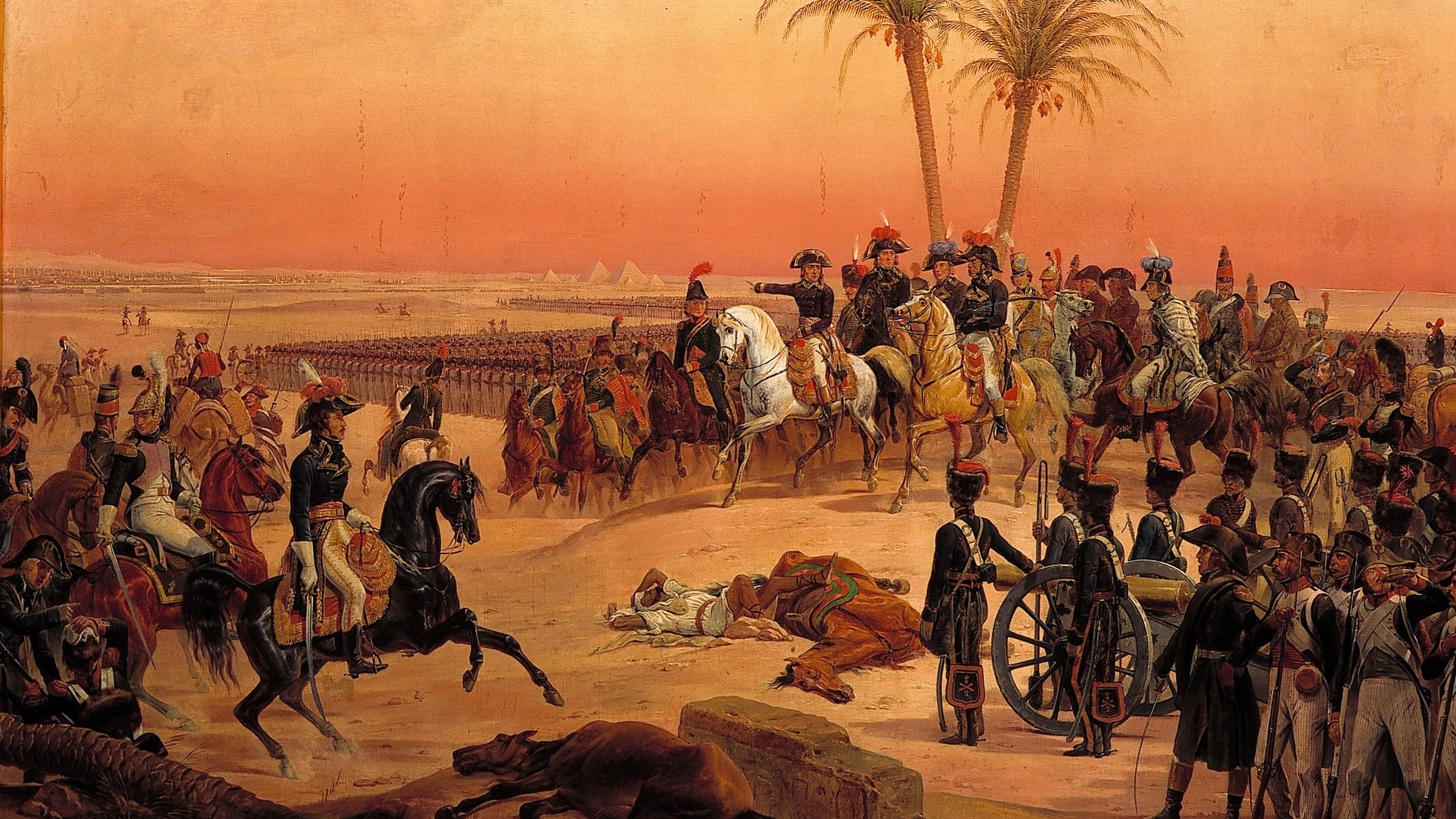Symposium
October 25, 2014 / 10:30
As a result of its geographical location, Poland has always been in close contact with Eastern cultures. Coupled with the Orientalist tendencies of the 19th century, this cultural interaction has led to original outcomes in various fields of art and life. The "Orientalism in Polish Art" Symposium aims to examine these outcomes.
In collaboration

Contribution by
Temporary Exhibition
The exhibition highlighted the orientalist trend in Polish painting, as well as drawings and graphic arts. The works in the exhibition covered a wide period from the 17th to the early 19th centuries.
Click for more information about the exhibition.


The Suna and İnan Kıraç Foundation’s Orientalist Painting Collection includes two children’s portraits that are often featured in exhibitions on the second floor of the Pera Museum. These portraits both date back to the early 20th century, and were made four years apart. One depicts Prince Abdürrahim Efendi, son of Sultan Abdulhamid II, while the figure portrayed on the other is Nazlı, the daughter of Osman Hamdi Bey.
Tuesday - Saturday 10:00 - 19:00
Friday 10:00 - 22:00
Sunday 12:00 - 18:00
The museum is closed on Mondays.
On Wednesdays, the students can
visit the museum free of admission.
Full ticket: 300 TL
Discounted: 150 TL
Groups: 200 TL (minimum 10 people)